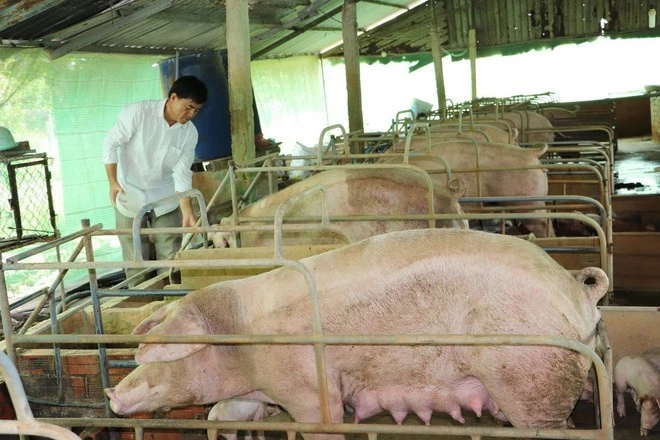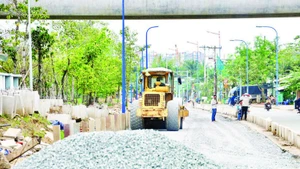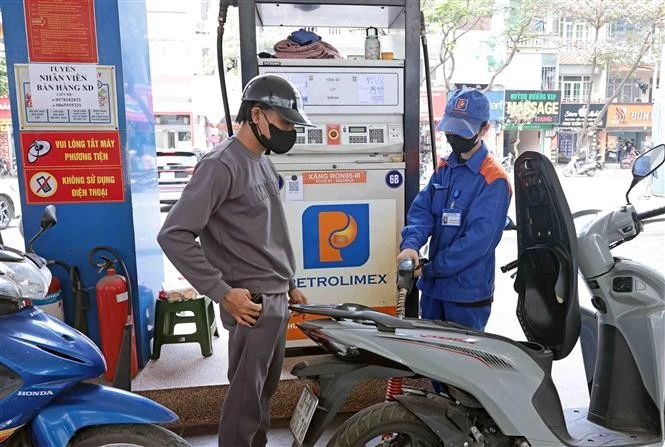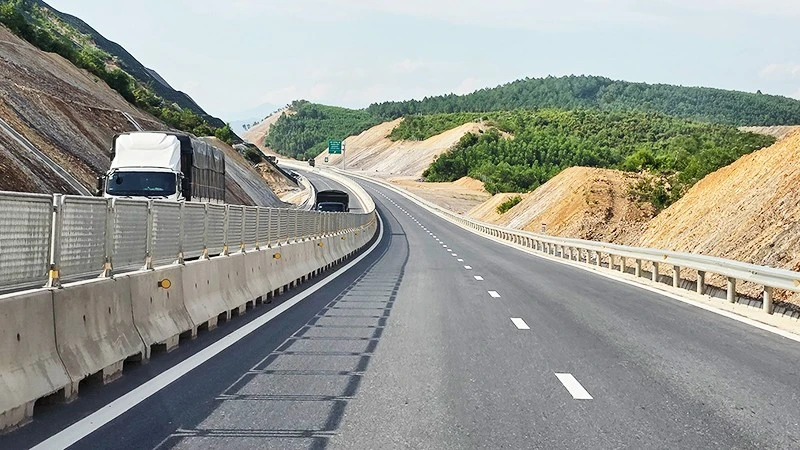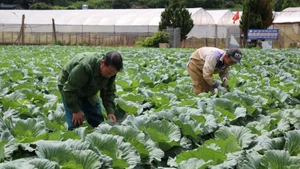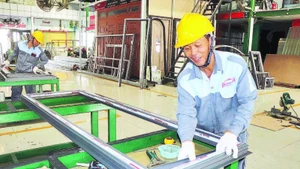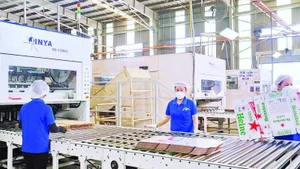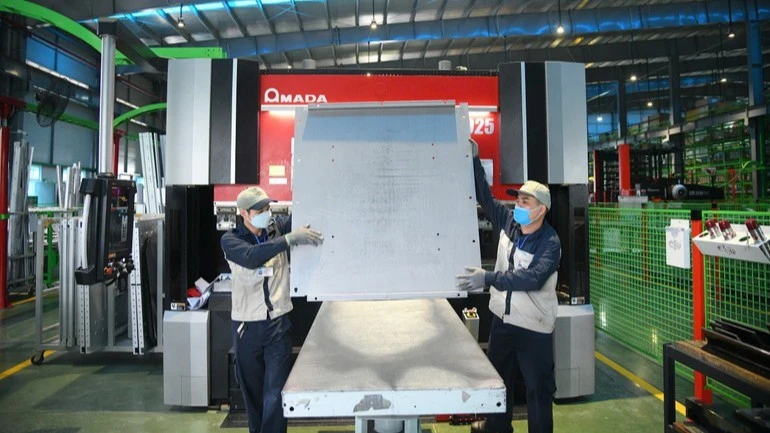Milk and dairy products contributed 74.8 million USD, down 11.7%, while exports of meat, meat by-products and post-slaughter by-products brought home 137.7 million USD, representing a 30.4% increase.
To further boost livestock exports, the ministry has instructed localities to develop large-scale farming and adopt advanced technologies such as closed barns, cooling and temperature control systems, automatic feeders and water dispensers, and biogas waste treatment to improve productivity and quality.
It has also urged adherence to VietGAP standards to ensure food safety, traceability, and compliance with strict market requirements, along with development of integrated value chains from breeding and farming to processing and distribution. Farmers and enterprises are encouraged to work together to build large raw material zones and scale up industrial production.
Local authorities have also been asked to step up trade promotion, expand markets, and secure a stable supply and competitiveness for Vietnamese livestock products abroad. Measures include participating in international agricultural fairs and exhibitions, organising trade missions to showcase products and connect with import partners, improving logistics to cut transport costs, and assisting businesses in obtaining international certificates to strengthen their market position.
